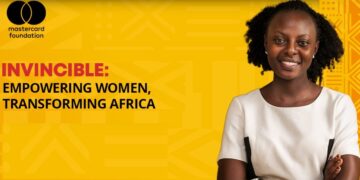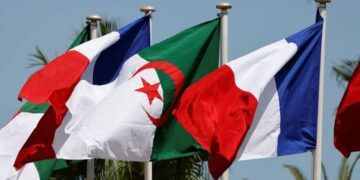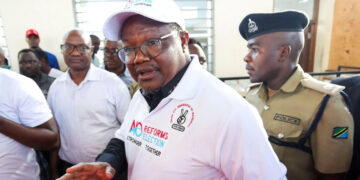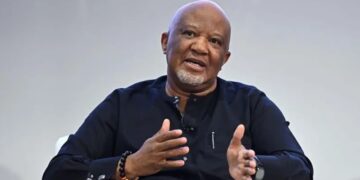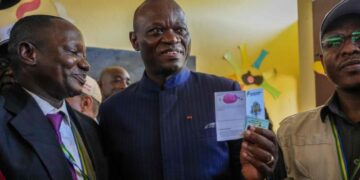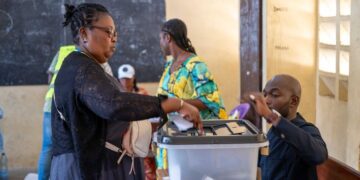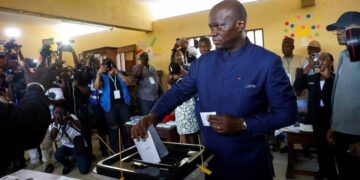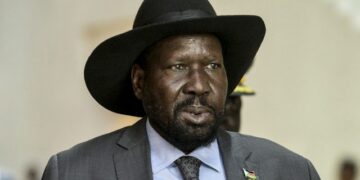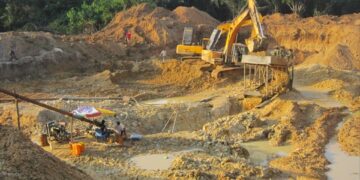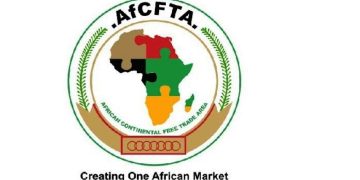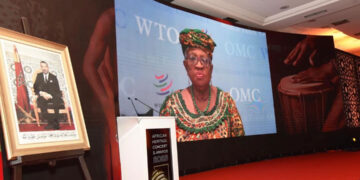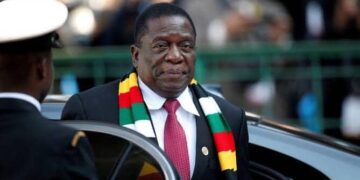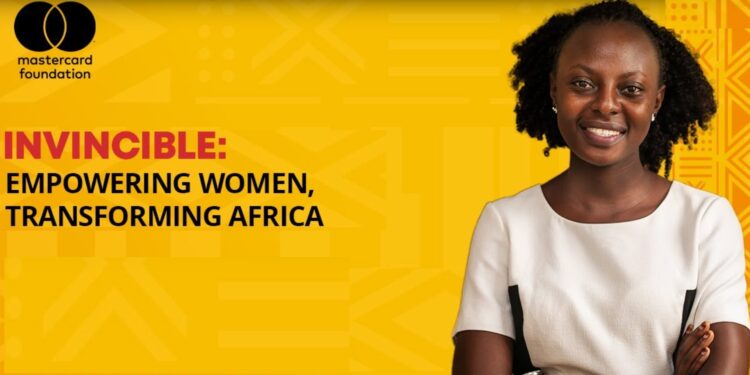By Kosi Eze and John Ikani
Standing before a captivated audience of policy reform leaders, young people and scholars, Marieme Dassanou’s words were as weighty as the staggering number she presented — $287 billion.
That’s the potential economic contribution young women across Africa could bring to the continent if given the opportunities they deserve.
Each calculated intermittent pause Dassanou took while reeling out metrics of missed opportunities from a collaborative gender report – developed by Mastercard Foundation and McKinsey & Company – painted a vivid picture of both the immense promise and the troubling setbacks facing Africa’s young women today.
“By the time we leave this room today, if we forget everything that has been said, we will remember one thing: $287 billion,” began Dassanou who is the Director Gender, Pan African Programs, Mastercard Foundation.
She was speaking at the Foundation’s event headlined INVINCIBLE with the theme Empowering Women, Transforming Africa. It was held on the sidelines of the 79th session of the UN General Assembly (UNGA 79) ongoing in New York.
“Women make up 50% of Africa’s growing youth population, and their contributions to industries like agriculture, manufacturing, and skilled trades could drive unprecedented economic growth. But the question remains: what do we truly see when we look at Africa’s young women? Do we see their potential, or do we view them as a social challenge?” quizzed Dassanou.
One of the most eye-opening insights from the report is that 87% of this potential $287 billion contribution could come from the agricultural sector, where young women are already heavily employed. However, the grim reality is that most of them are at the bottom of the value chain, earning significantly less than their male counterparts.
According to the report, “While young men make 70 cents on the dollar, young women earn far less. This gender disparity is not just a social issue—it’s an economic one that’s robbing Africa of growth. Accelerating young women’s involvement in higher-paying sectors such as manufacturing, wholesale, and education could change the landscape dramatically.”
Yet, the problem runs deeper than wage gaps. The report highlights a concerning decline in young women’s economic participation. In 2000, they contributed 18% to Africa’s GDP, but by 2022, that number had dropped to a mere 11%.
Without swift intervention, this downward trend will only continue, leading to even greater losses for the continent. “If we don’t do anything, I sure don’t want to be standing here in a few years telling you something even worse,” Dassanou warned, her words a rallying cry for action.
But why are young women falling behind? The report pointed to education as the first stumbling block. Only 26% of girls on the continent complete secondary school, and even fewer go on to higher education. This gap creates a vicious cycle. When young women seek jobs, they’re often asked where they went to school and what qualifications they have. But for those who never finished secondary education, let alone attended college, the doors to dignified, well-paying work remain closed.
The lack of education, combined with early pregnancy—one in four young women in Africa will have given birth by the age of 18—further limits their opportunities. Dassanou shared a poignant encounter with a young mother who held a child in each arm and said, “If I had a choice, I would go back to school. But look at me. Do you see me? Where and how will I go to school?”
The burden of caregiving is another major barrier preventing young women from entering the workforce. The report estimates that 11.4 million young women could work if they had the necessary support to balance caregiving and employment. This “time poverty” keeps women trapped in cycles of poverty and dependence, unable to contribute fully to the economy. Addressing this issue is not just a matter of gender equity—it’s an urgent economic imperative for the continent.
Access to finance is another glaring obstacle. Only 10% of women-owned small and medium enterprises (SMEs) in Africa have sufficient funding, resulting in a 34% lower income than businesses owned by men. In rural areas, the picture is even bleaker.
Young women often distrust formal financial institutions, relying instead on informal savings systems, which limit their ability to scale their businesses. “3.7% of young women are borrowing from formal financial services in this day and age,” Dassanou noted, highlighting how this lack of access to capital stifles entrepreneurship and economic growth.
Compounding these challenges is the digital divide. In a world where digital skills are increasingly crucial for accessing high-wage jobs, Africa’s young women are being left behind. Only 64,000 young women across the continent are employed in the tech sector. Without a concerted effort to provide digital education and training, the gender gap in employment will only widen.
The report makes it clear: none of these challenges can be overcome without the support of governments. Gender-responsive policies and reforms are essential to create the enabling environment young women need to thrive.
From improving access to education and healthcare to expanding financial inclusion, governments must take bold steps to ensure young women can contribute to the continent’s growth. “There is no Africa we want if young women are not seated at the table,” Dassanou declared, adding that Africa cannot “fly with one wing.”
The Mastercard Foundation has already committed to addressing these challenges head-on. By 2030, the foundation aims to get 21 million young women into dignified work—70% of its overall goal of 30 million youth in work by that year. “The gap is wide,” Dassanou acknowledged, “and if we want to flip the script, we have to accelerate.” Focusing on young women is not just a social responsibility—it’s a strategic imperative for Africa’s future.
In her closing remarks, Dassanou issued a poetic challenge to everyone in the room. “There is no Africa we want. If young women are not seated at the table, there is no Africa we want if Africa is flying with one wing. Have you seen a plane that takes off with one wing? So with that, I encourage all of you to join us.”
